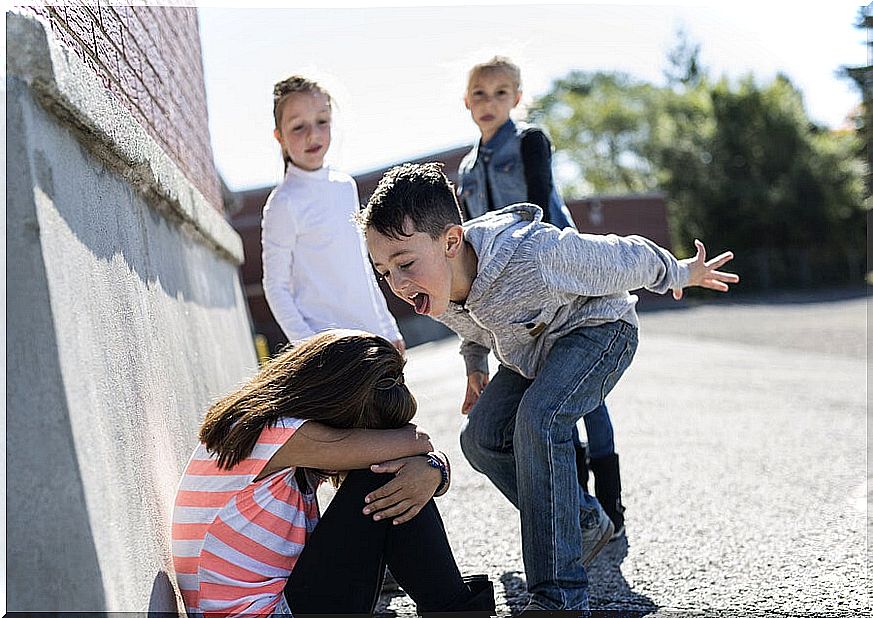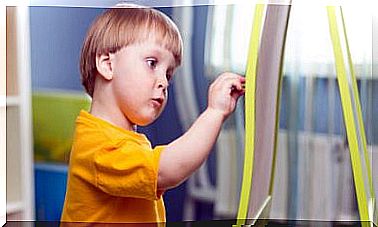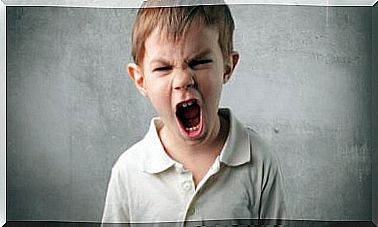The KiVa Method In The Fight Against Bullying
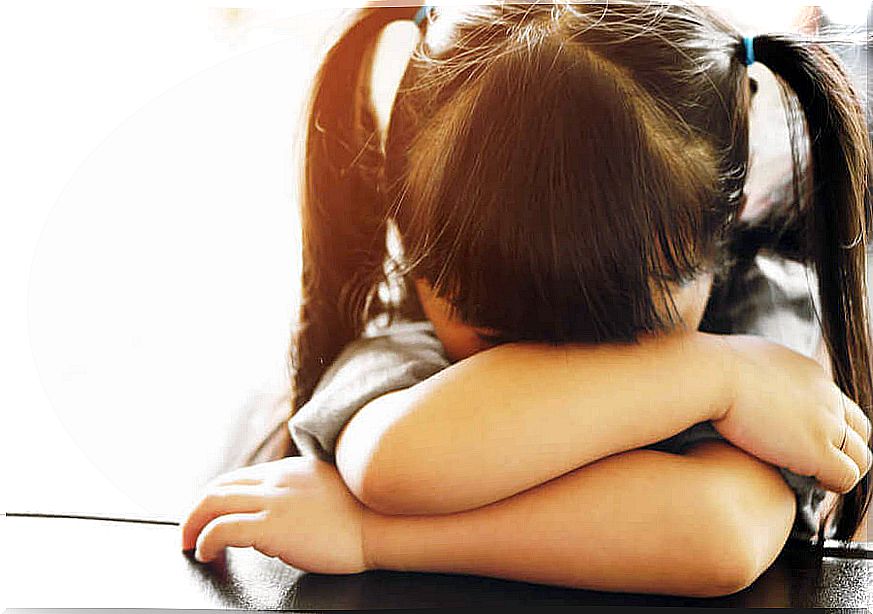
The so-called bullying presents different nuances among children from their first years of schooling. In all cases, it is a physical or verbal abuse that one or more children carry out on another. In the treatment to combat it, the KiVA method has become evident in the international arena. Used in principle in Finland, it is based on the performance on the witnesses of this class of episodes.
What is the KiVA method?
The axis of the program of Finnish origin is based on breaking the silence, the fence of impunity that protects the aggressors and leaves the victim alone, providing a group perspective. Thus, it acts on the witnesses in order not to reinforce and isolate those who carry out the aggression.
We can speak of a paradigm shift when considering child bullying between children as something to denature and disarticulate from the environment. Culturally, the stalker was associated with ‘the winner’, while the victim moved to the level of ‘harassed’.
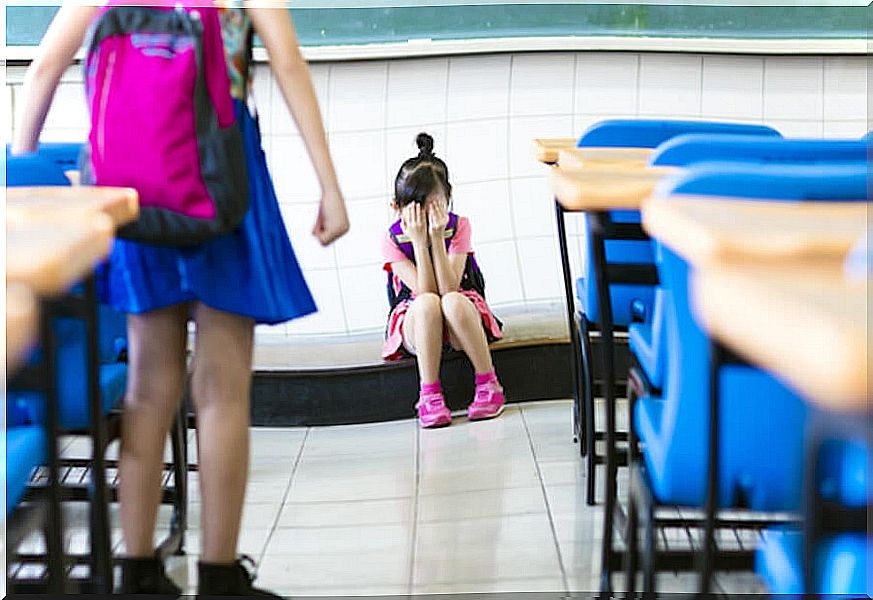
Thus, the bullying was presented almost as a spectacle in the courtyards of schools: the push, the grievance, humiliation to the timid were rife. The KiVa method provides detection and reporting tools for all those who witness cases of bullying.
Finland, a pioneer in education
The coordinator of the Escalae Institute KiVa program , Tiina Mäkelä, in coordination with the Finnish Ministry of Education, explains that “The bully seeks power through the presence of an audience”. Hence, to stop bullying, the key is that those bystanders do not react positively to the aggression.
Year after year, budget lines for researching quality teaching methods remain high. In this sense, good coexistence among students has been one of their priorities.
To this day, Finland can boast that bullying is no longer a problem in its schools. In 90% of educational establishments, especially at initial and primary levels, the KiVa method against bullying was successfully incorporated.
How this method is applied
Classes to work on emotions
The axes of this program are prevention and intervention against harassment. The way to do it is through special classes given to children of 7, 10 and 13 years old. These ages are considered key in the development of boys and girls.
In these classes, children are provided with information on socio-emotional competencies and on issues of ethics and values. Work on emotions allows children to distinguish the moods of their peers.
With all this, the exercise of empathy is not intended for the perpetrator, whose interests exceed companionship — nor for the victim, who cannot find the means to defend himself or to blame the aggressor. Before that, it is promoted among the student majority.
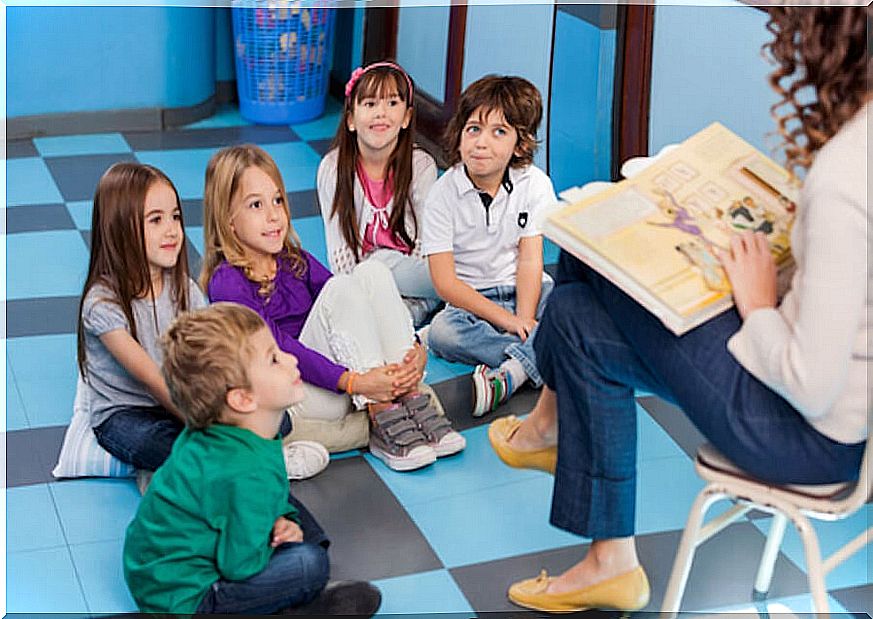
Another of the key points of the KiVa method against bullying are the ‘virtual mailboxes’. The fact that the institution itself uses virtual and anonymous means of reporting has also paid off in the Nordic country. In turn, the virtual resource is reinforced with video games where bullying situations are recreated to learn to differentiate and act, virtual classrooms and talks with teachers and families.
The performance of specialists
Bullying prevention and early detection methods include all possible means to give students trustworthy teachers and sensitive witnesses to what is happening. In case of suspected bulliyng , a team of specialists intervenes on the actors in play. In this sense, containment of the victim is essential.
For all the above, the KiVa method against school bullying is presented as a seed, a promise of change at the social level of a qualitative nature. It is not utopian to think that educating empathetic, sensitive and supportive children will lead to the creation of loving, respectful and responsible cultures in the near future.
